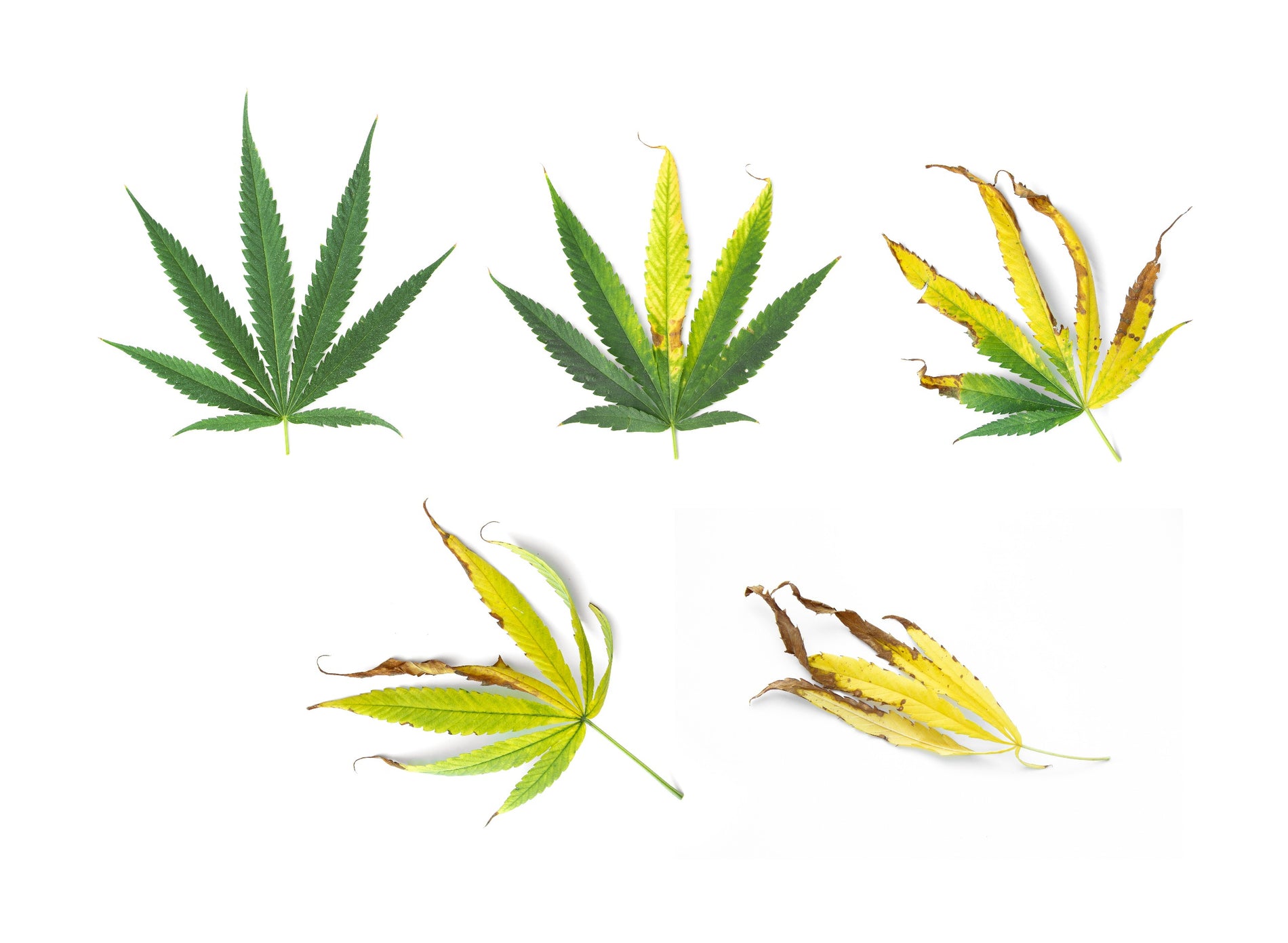Marijuana cultivators face numerous issues when growing cannabis. Most of these adversities can be avoided if spotted early enough. One such issue is wind burn on weed plants. Whether caused by strong winds affecting outdoor plants or a fan set to high when growing cannabis indoors, wind burn can be incredibly detrimental. They can hinder plant growth, reduce yield, and even threaten the health of your cannabis plants.
What Are Cannabis Wind Burn
Wind burn on weed plants refers to damage to the plant’s foliage due to excessive air movement. Plants lose water through their leaves, similar to how we sweat, in a process called transpiration. The evaporated water is then replaced by water absorbed by the roots. When there is too much air movement around the foliage, the rate at which water evaporates from the plant can exceed the rate at which it’s replaced.
That said, it’s vital to remember that plants also need air movement. Fresh air prevents the development of mold, which can often occur during the late flowering stage of marijuana growth. Similarly, seedlings and cloned weed plants benefit from air movement as it makes their stalks stronger. Wind causes tiny breakages in their stems, which become more robust when they repair.
Identifying Cannabis Wind Burns
Physical Signs
Wind burns typically manifest as curled, dry, or discolored leaves, particularly along the edges. You may notice that the leaves facing the wind are more affected, and the damage often progresses from the outside in.
Common Misdiagnoses
Many growers mistake wind burns for nutrient deficiencies, pests, or diseases. It’s essential to rule out these other factors before assuming the damage is from wind exposure. One clear indicator that the problem is wind-related is the presence of damage on leaves that face the prevailing wind direction.
Preventing Cannabis Wind Burns
Wind Barriers
One effective method for preventing wind burns is to create a wind barrier around your plants. You can set up a temporary structure like a fence or windscreen to reduce air movement. Similarly, if you’re growing weed without equipment, you can use natural elements like trees, shrubs, or hedges.
Strategic Planting
When growing cannabis outdoors, consider the placement of your plants in relation to the prevailing winds. Plant your cannabis in sheltered locations or within the protection of taller plants to reduce wind exposure.
Proper Pruning
By carefully pruning your plants, you can maintain a strong and stable structure that can better withstand wind. However, avoid excessive pruning, as it can make the plant more susceptible to wind damage.
Treating Cannabis Wind Burns
Water Management
If you’ve identified wind burns on your cannabis plants, the first thing to do is ensure they are adequately hydrated. Proper watering can help your plants recover from wind damage and prevent further stress. Still, be careful not to overwater because it can cause additional issues.
Nutrient Support
During the recovery process, providing your plants with essential nutrients can aid in their healing. Focus on nutrients that promote leaf health and growth, such as nitrogen, magnesium, and calcium.
Time and Patience
As long as the wind burn damage isn’t too severe, your cannabis plants should recover naturally over time. Be patient, and continue to monitor their progress. If you notice any worsening conditions or new signs of stress, it may be necessary to reevaluate your treatment approach.
The Bottom Line
Cannabis wind burns can be a significant challenge for growers. Nevertheless, you can minimize their impact on your plants with the correct knowledge and preventative measures. Our guide provides practical tips for growing marijuana that will help you deal with cannabis wind burn and prevent excessive plant damage. For this reason, following it will help you avoid this detrimental issue and maximize your harvest.



















